Introductie en historie Mercedes-Benz W100

Introduction and History of the Mercedes-Benz W100 Series (Mercedes-Benz 600)
The Mercedes-Benz 600, internally designated as the W100, was introduced in 1963 and remained in production until 1981. Designed as the ultimate expression of luxury, technology, and authority, it served as the brand’s flagship model and was aimed at royalty, heads of state, celebrities, and the ultra-wealthy.
This exclusive limousine was not only Mercedes-Benz’s most expensive and complex passenger car of its time, but also a technical marvel that redefined standards for the automotive world. From its powerful V8 engine to its sophisticated hydraulic systems, the W100 was in a class of its own.
Historical Background
The W100 project began in the late 1950s as a response to the rising influence of luxury brands like Cadillac and Rolls-Royce. Mercedes-Benz sought to reclaim its pre-war prestige with a car that would outclass all rivals in performance, comfort, and exclusivity.
Launched at the 1963 Frankfurt International Motor Show, the Mercedes-Benz 600 was available in short-wheelbase and long-wheelbase Pullman versions. It was built to order, largely by hand, and featured state-of-the-art technology that remained unparalleled for decades.
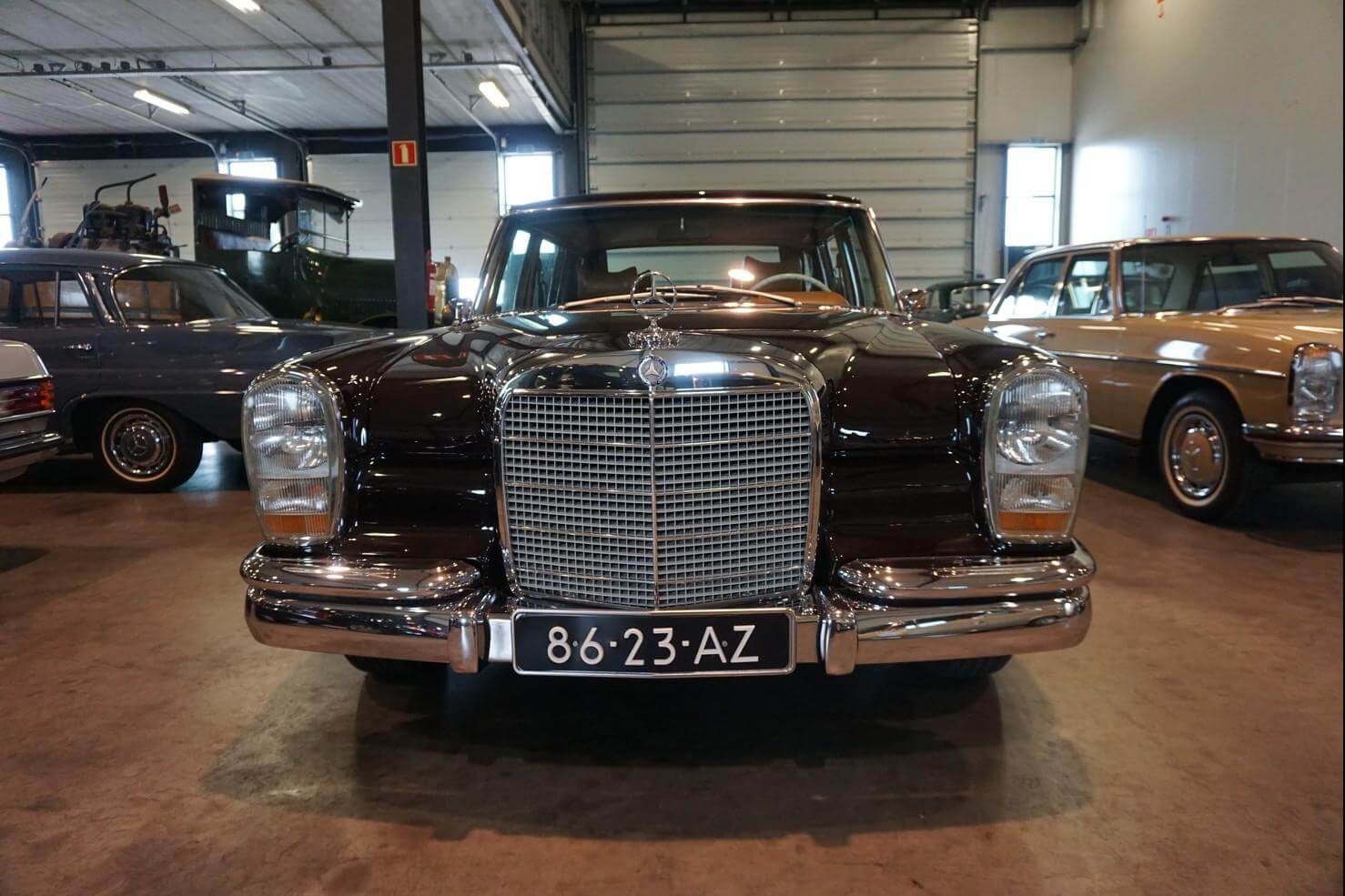
Technical Highlights
Engine:
6.3-liter M100 V8, the most powerful Mercedes engine at the time
Output: 250 PS (247 hp) and 500+ Nm torque
Top speed: ~205 km/h (127 mph)
Transmission:
4-speed automatic, specially developed for the car
Suspension:
Fully independent air suspension for unmatched ride comfort
Hydraulic System (150 bar / 2,200 psi):
Operated windows, seats, sunroof, trunk lid, doors, and partition glass
Ultra-silent and powerful, making electric motors seem crude in comparison
Brakes:
Dual-circuit power-assisted disc brakes on all four wheels
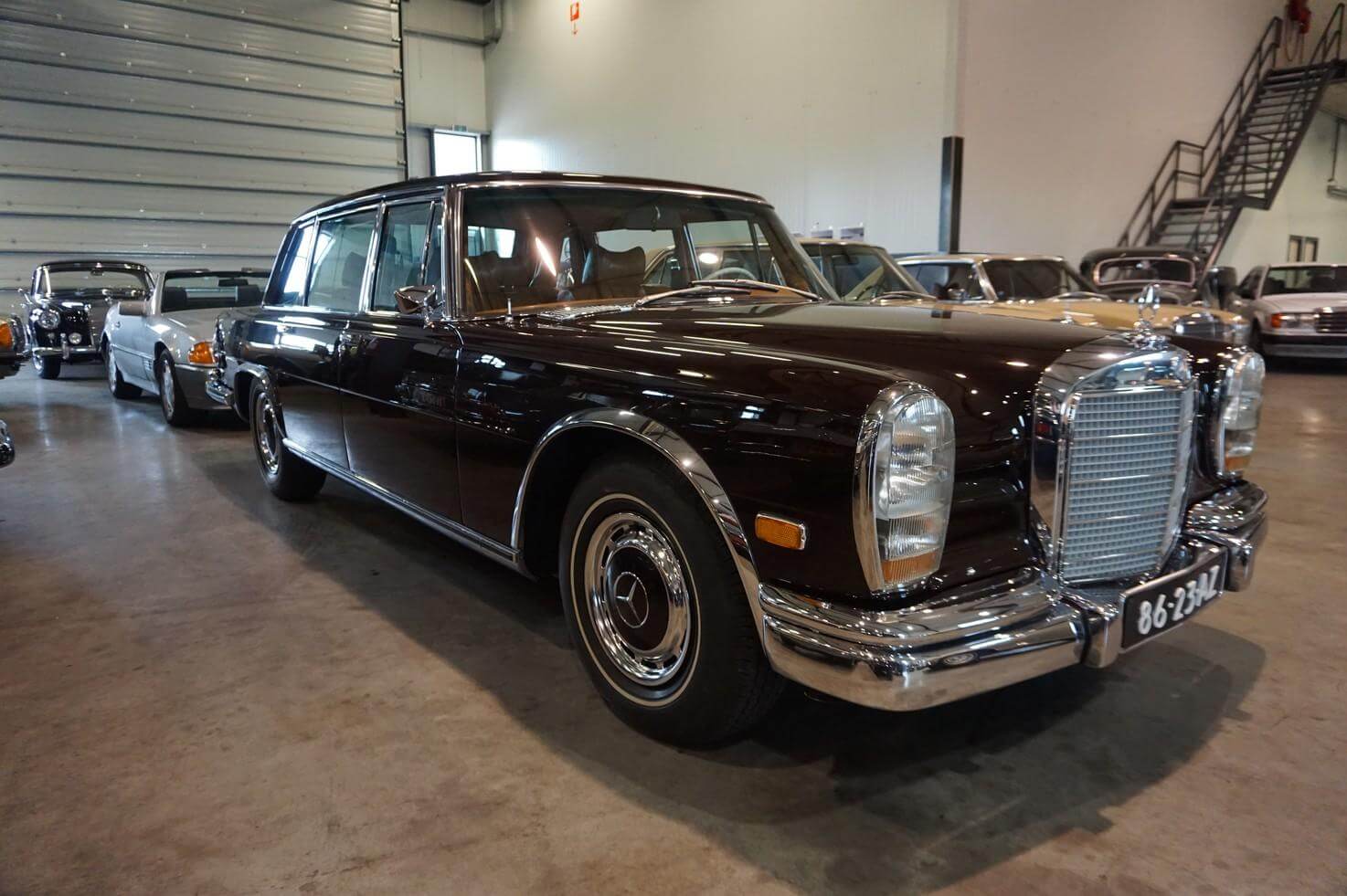
Body Styles and Versions
600 SWB (Short Wheelbase) – Sedan
~3,000 mm wheelbase
4-5 passenger configuration
Chauffeur-driven or owner-driven luxury saloon
600 Pullman (LWB) – Limousine
Extended 3,900 mm wheelbase
6 or more passengers
Available as:
Pullman Limousine (4-door)
Pullman Landaulet (rear folding soft top)
6-door Pullman for heads of state or official delegations
600 Pullman Landaulet – The rarest and most prestigious variant
Primarily for papal or state use
Just 59 Landaulets built (including 2 full Landaulets)
Custom-bodied versions
Some coachbuilt specials, including ambulances and parade cars
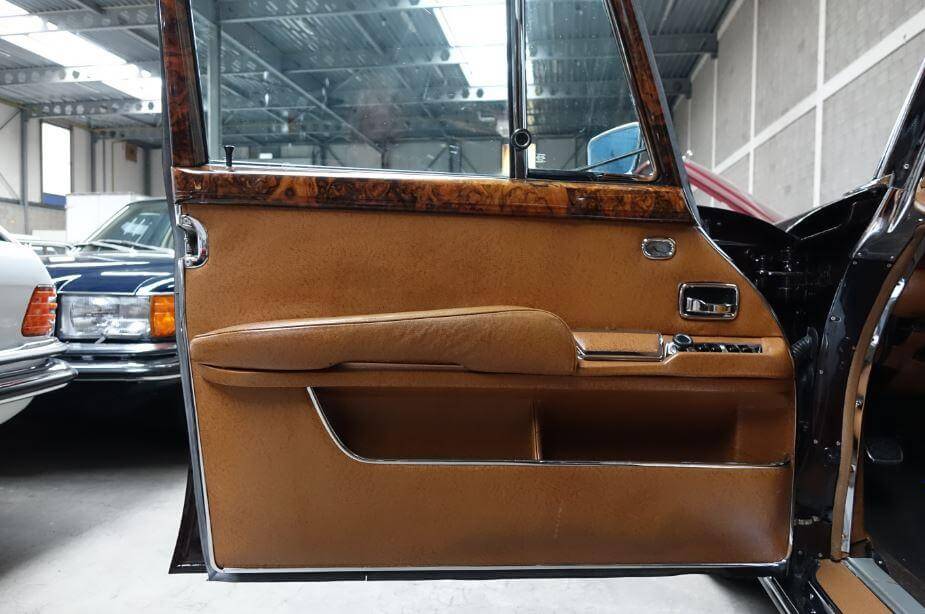
Production Figures (1963–1981)
| Model | Units Produced |
|---|---|
| 600 SWB Sedan | ~2,190 |
| 600 Pullman (LWB) | ~428 |
| 600 Pullman Landaulet | 59 |
| Total (all variants) | 2,677 |
Note: Each car was built to order and customized to the client’s specifications.
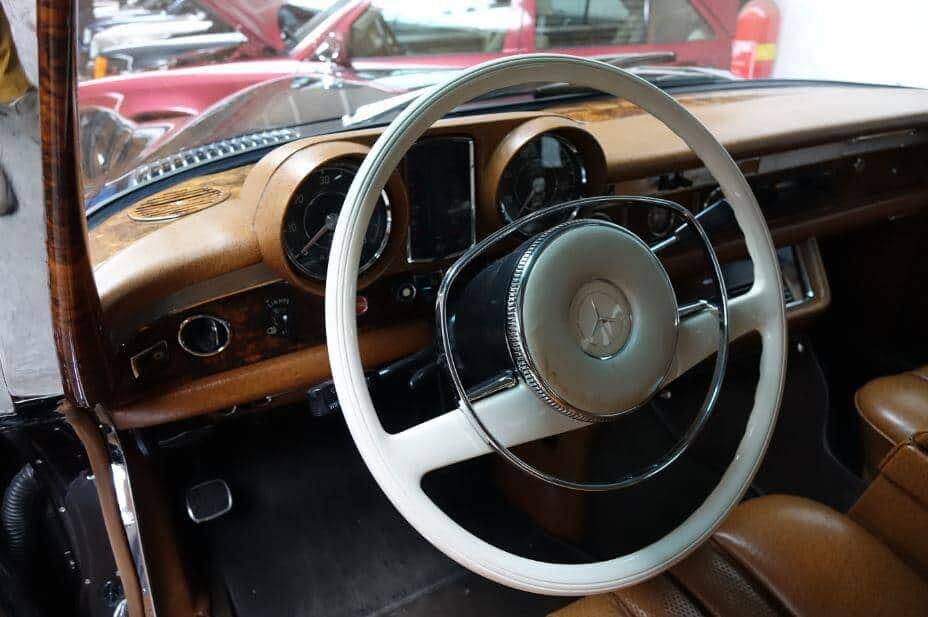
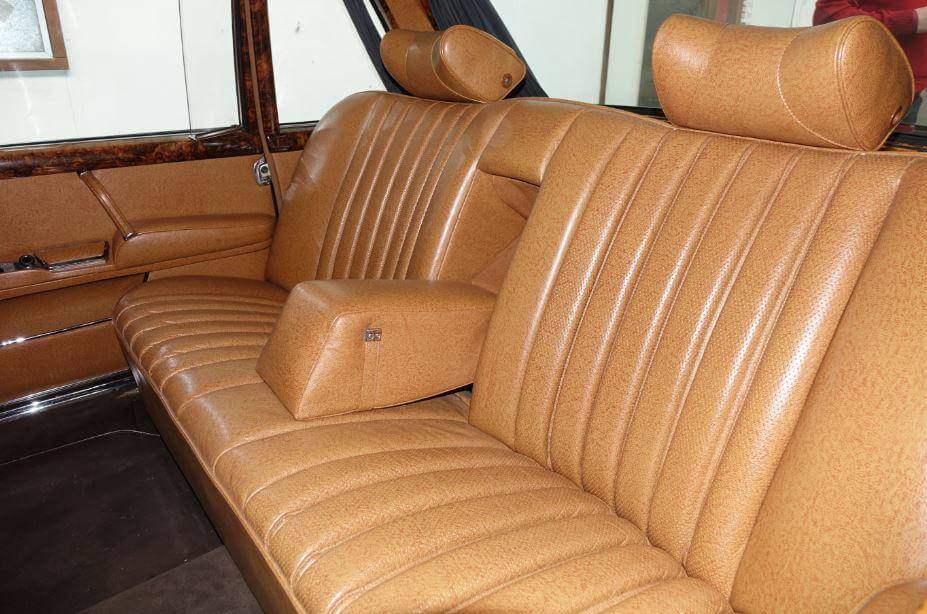
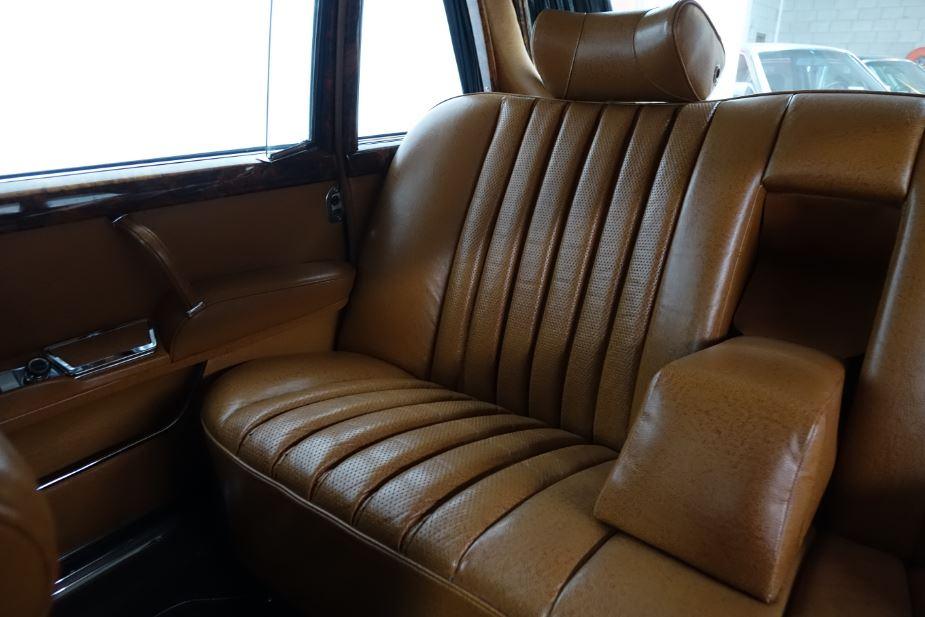
Notable Owners
The 600 gained the nickname “Grosser Mercedes” (“Grand Mercedes”) and was favored by a wide spectrum of elite and controversial figures, such as:
John Lennon & George Harrison (The Beatles)
Hugh Hefner
Elvis Presley
Jack Nicholson
Coco Chanel
Enver Hoxha, Nicolae Ceaușescu, Saddam Hussein, Fidel Castro, Kim Il-sung, and Chairman Mao
Pope Paul VI (Landaulet version)
The W100 became a status symbol not just of wealth, but of absolute power — from Hollywood to totalitarian regimes.
Legacy and Impact
The W100’s M100 engine laid the foundation for the Mercedes-Benz 300 SEL 6.3 and later the 450 SEL 6.9, both legendary performance sedans.
It established Mercedes-Benz’s dominance in the luxury car segment and inspired future flagships like the S-Class.
It remains a collector’s favorite for its engineering complexity and historical significance.
Today, the Mercedes-Benz 600 is viewed as one of the most iconic luxury sedans ever made, and well-preserved examples, especially Pullman and Landaulet variants, command extremely high prices at auction.
Summary
The Mercedes-Benz 600 (W100) was not just a car — it was a mobile throne room. With unmatched engineering, luxury, and presence, it represented the zenith of what a limousine could be. Even decades later, it remains a benchmark in automotive prestige, revered by collectors and historians alike.